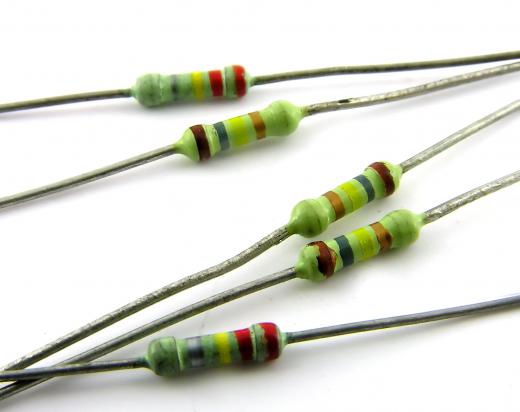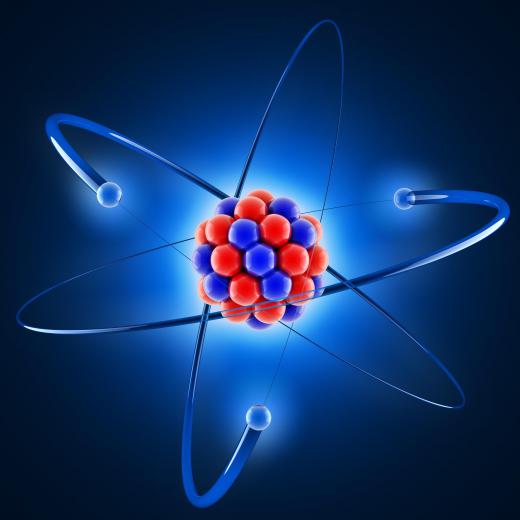What is a Diode?
In simple language, a diode is like one-way valve which allows electric current to flow in one direction but generally does not allow it to flow in the opposite direction. The direction of the electric current in the diode may be reversed. However, even if it is, the flow will still be one directional.
A diode contains two electrodes that act in much the same manner as semiconductors. The positive or p-type is usually the anode and the negative or n-type is the cathode. In other words, the cathode is negatively charged as compared to the anode. If the cathode is charged at the same or very similar voltage to the anode, current will not flow.

In electronics, a diode acts similarly to charge carriers. Diodes can also be compared to check valves or switches. If liquid or water were involved instead of current, it would essentially be similar to water flowing upstream or downstream. Put simply, a diode tends to allow for upstream to downstream flow but not the other way around.
To alter the direction of the flow, the cathode must be charged at a greater voltage than the anode. This is known as avalanche voltage, but despite the name, it does not always require a large number of volts to change the direction. It can in fact be a difference of only a few volts.

A diode can convert electric current from AC to DC or from Alternating Current to Direct Current. This is called rectification, and rectifier diodes are most commonly used in low current power supplies. A switching diode is most often used to turn a circuit on or off, and band switching diodes are used for switching high frequency band signals. A Zener diode is known as a constant voltage diode, due to the fact that even if power supply voltage varies, the Zener voltage remains at a constant level. A Schottky barrier diode, when used for high speed switching rather than basic rectification, is used for things like UHF and other high frequency signals.
A diode can be used for various purposes including the production of different signals such as an analog signal, frequencies such as microwave frequencies, or light. Those that produce light are known as Light Emitting Diodes or LED. This type of diode will produce light when current flows through it. LED are used for things like lighted elements in computer systems, clocks, displays on microwaves and electronics, solar lighting, and even some of the more modern designs in Christmas lights.
AS FEATURED ON:
AS FEATURED ON:












Discussion Comments
Learning complicated things in simple language. thanks for wisegeek.
I am in the process of building a stomp box to control my lights on stage. It is rated at 125vac 10 amps.I will have two different switches controlling the same light for a different effect can I use a diode to stop the flow of electricity to a switch when the other switch is engaged. I don't want to burn up a switch.
I am doing a science project on LED traffic lights and what anon59170 talked about is right. Thanks for the corrections! It sure helped me know more about the anode, cathode, about the battery, and examples! -ube1234
thanks anon59170 for corrections and additional information!
A few comments/adjustments to the DIODE description above:
1. The FIRST description of a Diode as a one-way valve is probably the most accurate. I don't consider the up-stream/down-stream analogy, or the "charge carrier" description very good. Any conductor (like a simple wire) can carry a charge. If you want to think in terms of water, then a diode would be more like a one-way ball-check-valve, which stops the water any time it tries to go backward down the pipe.
2. There must be a minimum 'threshold' voltage before current will flow through a diode. (typically 0.7 volts) Once that voltage is reached (in the correct/forward polarity direction), the diode does not add any significant resistance to the circuit (low ohms) and does not generate much heat. If the voltage reverses direction (as with AC circuits) the the diode blocks all current, behaving as switch turned off. This can happen hundreds (or thousands) of times per second, without 'wearing out' the diode, since there are no moving parts inside.
3. Each diode is rated for a specific current (amps) and voltage range (example: 0.7 to 15 volts). Many LED-style diodes are rated 1.5 to 3.5 volts. (definitely not 120-volt house current, or even 12-volt automotive current) If the voltage/current is exceeded in the PLUS direction, then the semi-conductor inside will quickly get hot and melt, destroying the diode. To prevent this from happening, diodes are often wired in 'series' with a resistor, which causes a reduction of the voltage/current for the diode. There is also a higher maximum "reverse voltage" rating that the diode can block, known as the 'piercing voltage'. This is commonly 2x to 5x the forward voltage rating. If the reverse voltage 'pierces' the diode, then it will also burn out.
4. About rectification: This is the process of limiting AC current, so that instead of flowing in both directions (like house current) the electricity only flows in one direction (like a battery). Internally, almost all electronic circuits run with DC power. (computers, cell-phones, amplifiers, radios, etc.) Even if the device has a cord that plugs into AC wall power, the AC electricity only goes into the "power supply/converter" section of your equipment, where diodes/transformers and related circuitry converts it to DC, which is then wired to feed power to everything else. There are two main types of diode-rectifiers: A simple one-diode "half wave" rectifier acts like a one-way valve, and waits until the AC voltage is positive, letting it flow, and blocks any negative current. This means that the DC current going through the diode may start/stop and pulse 60 times per second like a dashed line, and only half of the possible electricity is getting through. You can also use four diodes, in a diamond/square pattern, to create a "bridge rectifier" which will give a better DC output from the rectifier.
Post your comments